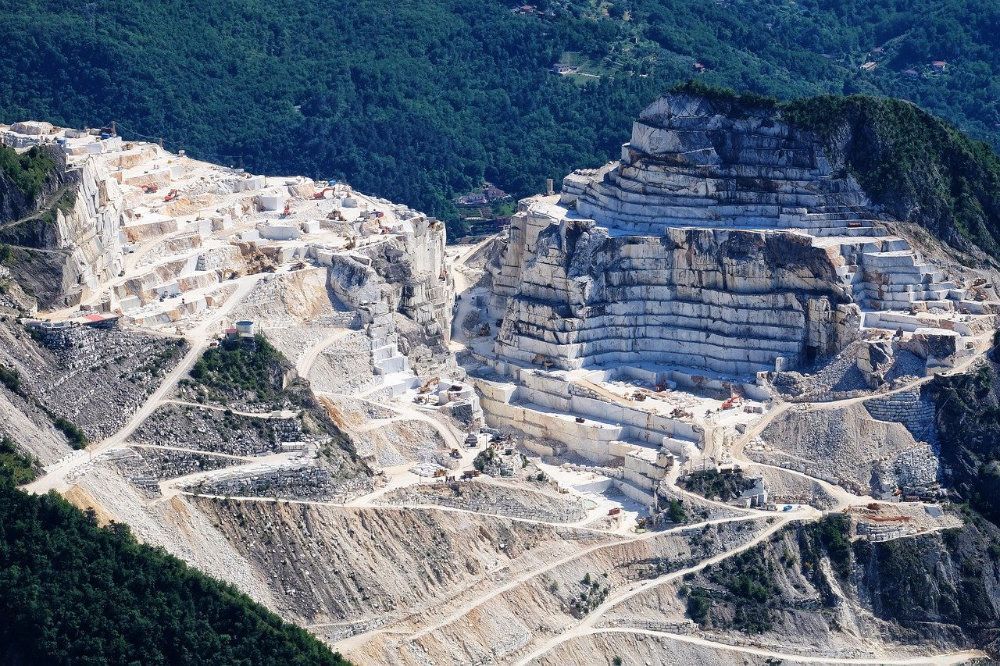3 Issues Circular Design Can Address to Help Our Planet
We know the planet and our environment is not in a good state. At the root of this problem, really there are three main issues:
Consumption, Carbon, and Pollution
Or more specifically:
- Overconsumption of natural resources.
- Excessive carbon emissions
- Pollution of the natural environment from waste.
The products we buy and use every day contribute massively to all of these issues. Natural resources are required to make them, carbon emissions result from their manufacture and transport, and too often they end up as waste and pollution once we’re done with them.
Circular design is a method of designing and manufacturing tomorrow’s products from today’s waste. It represents a solution to all of the above issues where products are concerned.
When a product is designed for circularity it is manufactured from materials taken from old products, leaving fresh natural resources in the ground. It is also designed to last as long as possible, preventing the carbon emissions associated with producing multiple products in that time. Then, when a circular product finally does reach the end of its life, it will be easy and cost-effective to recycle it entirely into a new product. This is because it was designed from the very beginning to make that possible. So all going well, a circular product should never end up as waste. Circular design completely removes the pollution issue from the product life cycle.

Circular design aims to minimise the extraction of fresh resources. Meaning we don’t have to destroy beautiful ecosystems to produce our products!
By tackling all the three major issues as early as the design phase, circular design addresses them at their root. Before a circular product is even manufactured, it is already destined to minimise use of new resources, limit carbon emissions, and eliminate pollution.
If everyone embraces circular design, it will have an immediate, and massive, direct impact on the three major issues; overconsumption, carbon emissions, and pollution.
Overconsumption:
With circular design we can prevent forests from being uprooted, habitats from being destroyed, and our great green earth being dug up, without having to radically change our lifestyle.
We all love buying shiny new things now and then, and there’s nothing wrong with that. But our collective fondness for consuming new products has led to a lot of environmental destruction.
Normally, when a new product is made, finite natural resources must be extracted from the earth. Not only does this use up precious resources, the process of extraction also emits carbon, and often destroys ecosystems. Causing pollution and biodiversity loss.
Because circular design seeks to reuse the resources we’ve already extracted, it basically allows us to consume without consuming. Or rather, it allows us to consume new products without consuming fresh natural resources.
This means with circular design we can prevent forests from being uprooted, habitats from being destroyed, and our great green earth being dug up, without having to radically change our lifestyle. By designing products for circularity, we can consume the same resources over and over again.
Carbon Emissions and the 1.5 to Survive:
Increasing carbon emissions leads to increased warming of the planet. And the hotter the planet gets, the more dangerous it becomes for humans.
If you’ve been paying any attention at all to environment-related news lately you’re probably well aware of the 1.5 degrees limit. This is the level of warming climate scientists have warned we need to prevent if we want to avoid irreversible, disastrous changes to the climate.

Nobody wants to live on a burning planet. By reducing product-related carbon emissions, circular design can help us avoid that terrifying fate. Photo by Mike Newbry on Unsplash.
So it couldn’t be more essential for us to limit our carbon emissions in absolutely any way we can. Every degree of warming avoided counts, and circular design can lend a huge helping hand here in multiple ways:
- Reduced Emissions From Resource Extraction:
Circular design minimises the extraction of fresh resources to produce new products. This means that all those emissions associated with the extraction of resources can be avoided when circular design is done right. Biodiversity loss, water usage, and all the other environmental impacts involved with resource extraction can be avoided too.
- Fewer Products, Fewer Emissions:
Circular products are designed to last longer, meaning fewer products need to be produced. Fewer products produced, means fewer carbon emissions. Simple as that!
- Fewer Emissions from Waste:
As circular products should never end up as waste, they also limit waste-related emissions. A study published last year based in the US estimated that a 1% increase in municipal solid waste recycling contributes to a 0.317% reduction in carbon emissions. Designing all our products for circularity would not only increase recycling rates, it would also make recycling more efficient. Meaning both of these numbers could go way up!
And that’s not the only advantage of minimising waste through circular design.
Tackling Pollution by Eliminating Waste:
By using circular design to make waste valuable, the products we buy and love should never have to pollute our beautiful planet again.
Less waste means less carbon emissions, but it also means less planet-plaguing pollution. Nobody wants to see plastic clogging up the ocean or discarded products littering the land.
And the thing is, there would never be any need to clean all this pollution up if we never created it in the first place! All that rubbish you see scarring the landscapes and infecting the waterways was thrown away by someone.
It could have been reused. If it was designed for circularity, it would have been reused.
Designing circular products — ones that can easily be turned into new products after use — makes ‘waste’ more valuable. It makes it more profitable to use waste instead of throwing it away.
There is a good reason why you’ve never seen a plastic £10 note floating in the sea!!
By using circular design to make waste valuable, the products we buy and love should never have to pollute our beautiful planet again.
Choose Circular Design — Choose a Safer Planet
Somewhere along the way, things got a little out of hand.
Too much consumption, too many emissions, too much pollution.
At a time when we all feel we need to start doing something to address these issues but we don’t know what, circular design offers a solution that addresses all three. At their root.
By choosing to buy circular, you can ensure that the planet keeps spinning in circles, and not out of control.
Circular&Co are trying to reduce the amount of plastic within the drinks world by producing reusable coffee cups and reusable water bottles made from recycled plastic!
This article was created by Adam Millett of Word Chameleon, in collaboration with Circular&Co.